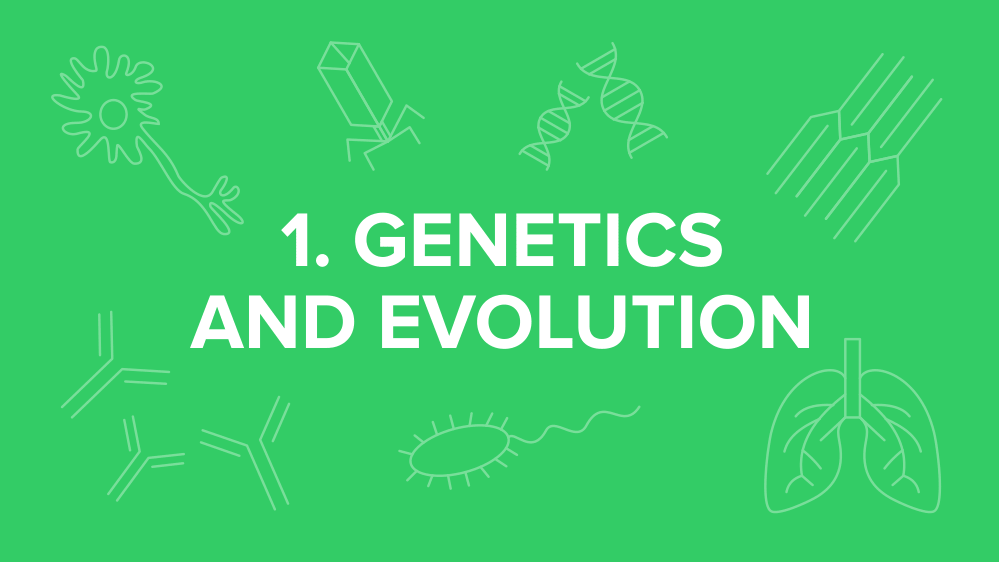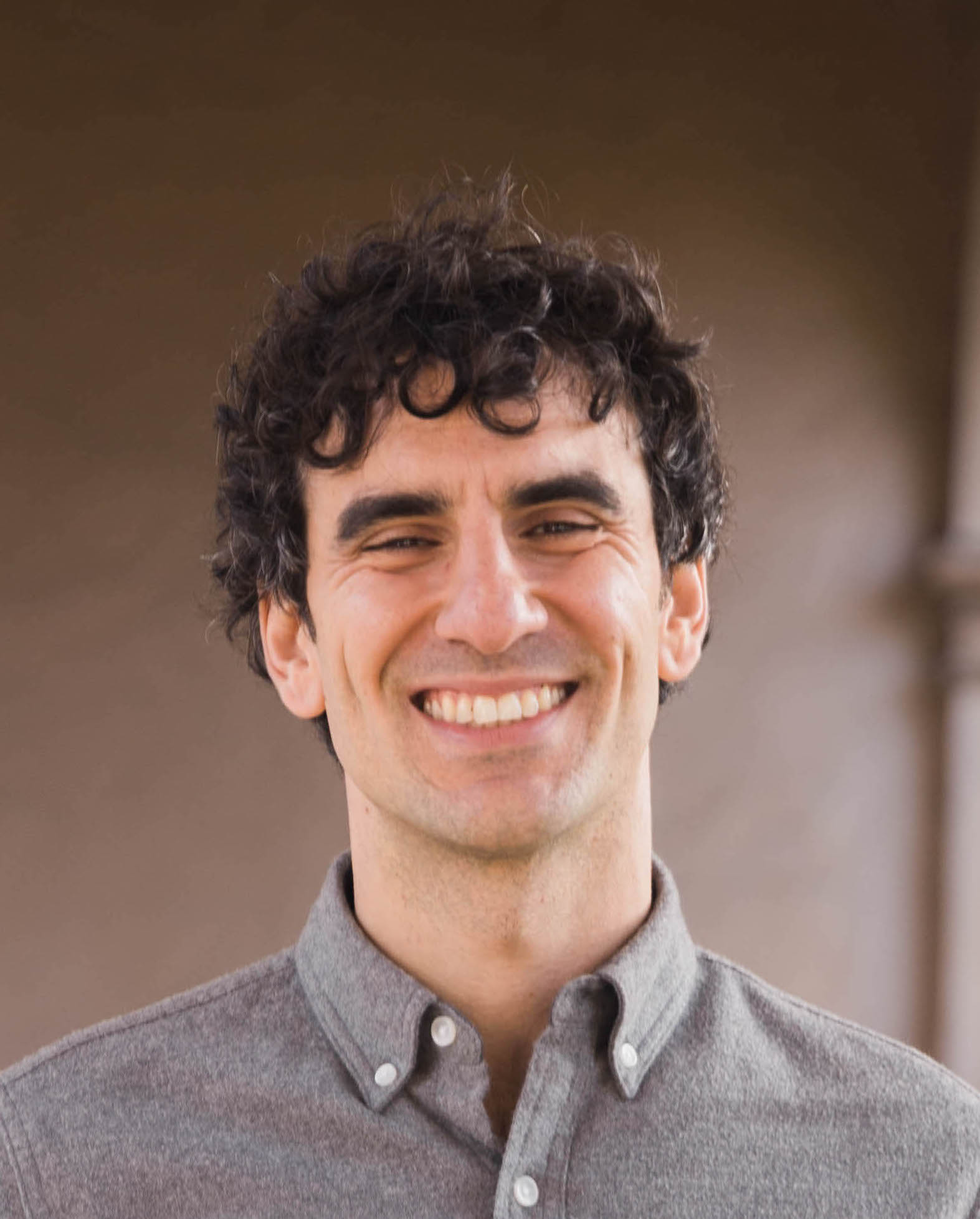MCAT Biology: Everything You Need to Know
/The topics you need to know to ace MCAT biology questions, plus strategies to help you maximize your score
(Note: This resource also appears in our MCAT Ultimate Guide.)
----
Part 1: Introduction
Part 2: The MCAT biology content you need to know for the exam
Part 3: MCAT biology study strategies
Part 4: MCAT biology practice problems
----
Part 1: Introduction
MCAT biology is perhaps the MCAT subject most similar to what you’ll need to learn in medical school. How do the kidneys work? How does the cardiovascular system deliver oxygenated blood to our tissues?
Similar to biochemistry, biology is an important subject that you should study for the MCAT. Introductory biology makes up about 5% of your chemistry/physics score, 5% of your psychology/sociology score, and 65% of your biology/biochemistry score. As a result, you need to be confident and ready to attack biology questions you receive on your MCAT.
Premed students who didn’t major in biology or a biological science tend to fear the biology/biochemistry section. They worry that they won’t score well, and medical schools will look at a bad biology/biochemistry score and wonder if a student is cut out for the academic rigors of medical school. If that sounds like you, don’t worry—we have you covered.
The MCAT tests you on science topics, such as biology, but the test really requires you to critically think about scientific articles that are adapted into shorter passages. In this blog, we’ll give you the content knowledge you’ll need to know for the MCAT biology section. Perhaps more importantly, we’ve included study strategies you can use to help maximize your own MCAT score and get your MCAT biology questions correct. Let’s get started!https://www.shemmassianconsulting.com/blog/mcat-biology-questions
----
Part 2: The MCAT biology content you need to know for the exam
Note: Clicking on any of these thumbnails will take you to a comprehensive guide on that topic.
----
Part 3: MCAT biology study strategies
In this section of the guide, we will present five high-yield study strategies you can use to conquer all MCAT biochemistry questions.
MCAT Biology Tip #1: Practice interpreting graphs, figures, and tables using the TAID P method.
The TAID P method is an invaluable approach given the tendency of MCAT passages to be based around a scientific passage.
TAID P stands for title, axes, independent variable, dependent variable, and patterns. If you can identify these elements in a graph, figure, or table, you will be able to understand what the data is telling you. Let’s say you get this figure on an MCAT biology passage:
Figure 1. Relative p53 protein levels in the presence or absence of drug of interest.
Let’s dive into this example using the TAID P method:
T (title): The title states: “relative p53 protein levels in the presence or absence of drug of interest.” From this title, we can determine that the researchers are treating cells with a drug and measuring the relative levels of a certain protein. If you don’t remember from cell biology, p53 is an important tumor suppressor protein, but an MCAT passage would’ve likely given you more background.
A (axes): The x-axis shows the different treatment groups while the y-axis measures the increase in p53 protein levels.
I/D (independent/dependent variables): The axes make it easy to determine the independent and dependent variables, which are I and D in the TAID P method. First, what are the independent and dependent variables? The independent variable is something that you change on purpose while the dependent variable is a measured response based on this change.
The independent variable is always displayed on the x-axis, the independent variable in this experiment is the treatment used. In this case, the four treatments are: control, 1 uM drug, 5 uM drug, and 100 uM drug. The dependent variable is shown on the y-axis, so we know that relative p53 protein levels is our dependent variable.
P (patterns): Finally, let’s see if there are any patterns in this figure. Is there a difference between the control and drug groups? It appears that the addition of drug leads to an increase in p53 protein levels. What if we add a lot of the drug (i.e. a higher concentration)? When we move from 5 uM drug to 100 uM drug, we see only a small increase in the relative p53 protein levels. We should keep this in mind as the passage may ask us a question about these patterns!
You should aim to identify the TAID P elements for any given figure within 15-20 seconds, and the goal is to understand the big picture quickly. If you find yourself spending more than 15-20 seconds, finish what you are thinking and move on in the passage or go to the questions.
You shouldn’t spend too much time on any given figure during your first reading of the passage because there may not even be a question on that figure. The test writers may only ask a question about the text of the passage or a different figure, so you don’t want to waste a minute trying to understand Figure 1 if there won’t even be a question on it!
MCAT Biology/Biochemistry Tip #2: Know the basics of your organ systems.
The MCAT biology section will ask you questions about different organ systems present in the body. As a result, you should be familiar with and understand the following topics very well:
Nervous system
Musculoskeletal system
Respiratory and cardiovascular systems
Reproduction and development
Immune system
Endocrine system
Digestive and excretory systems
You don’t need to memorize every small detail of every pathway, but you should be familiar with the general functions of each organ system and how that organ system is structured to accomplish its function.
For example, a question might ask you:
Which of the following is a mechanism by which an antibody helps mediate an adaptive immune response?
a) Neutralizes antigen
b) Blocks complement
c) Restricts T-cell localization
d) Phagocytoses antigen
You’ll need to know general properties of how the immune system works. What is the adaptive immune response? What are antibodies? How do antibodies function?
You can find the answer for our question here:
The correct answer is A. Antibodies can neutralize antigens by binding to them and preventing them from properly functioning (choice A is correct). Antibodies are known to activate and help direct complement (choice B is incorrect). Restricting T-cell localization is not something that antibodies do, and it would prevent the adaptive immune response (choice C is incorrect). Antibodies are proteins, not cells, so they cannot phagocytose antigens (choice D is incorrect).
MCAT Biology/Biochemistry Tip #3: Review every graph or figure you get on the MCAT biology section in great detail.
Unlike biology exams you may have taken in undergrad, MCAT biology will be much less memorization-heavy and much more application-based. As a result, you’ll need to draw outside knowledge that you have memorized and apply it to scientific research articles.
The figures you get on the MCAT may be complex, but we already discussed how you can use the TAID P method to quickly break those figures down and practice analyzing them. One important point is that TAID P takes time to master. As a result, after you take an MCAT biology passage, you should come back and apply the TAID P method to every single figure you receive on the exam.
This will take a lot of time to complete properly and thoroughly (i.e. don’t be discouraged if you spend 20-30 minutes trying to understand the figures from a single passage), but you’ll become extremely skilled at analyzing every figure that the AAMC throws at you! By the time you’ve done this for every MCAT biology passage you’ve been given, there will be very little new information that the AAMC can give you that you haven’t seen before.
----
Part 4: MCAT biology practice problems
1. Which of the following immune cells is primarily responsible for producing specific antibodies?
a) Dendritic cells
b) T-lymphocytes
c) B-lymphocytes
d) Mast cells
2. Which of the following best describes the vital capacity of the lungs?
a) Total lung capacity squared
b) Equivalent to expiratory respiratory volume
c) Tidal volume minus total lung capacity
d) Total lung capacity minus residual volume
3. Which of the following is not a primary mechanism of thermoregulation in the body?
a) Nasal capillary beds
b) Tracheal capillary beds
c) Sweating
d) Four-chambered heart
Answers and explanations for MCAT biology practice problems
1. The correct answer is C. B-lymphocytes are the antibody production cells in the body. Dendritic cells are involved in antigen presentation (choice A is incorrect). T-lymphocytes are involved in modulating the immune response (T-helper) or killing infected cells (T-cytotoxic) (choice B is incorrect). Mast cells are filled with granules and release histamine, which leads to inflammation (choice D is incorrect).
2. The correct answer is D. Vital capacity is defined as the total lung capacity, or maximum volume of air upon complete inhalation, subtracted by the residual volume, which is the minimum volume of air remaining upon complete exhalation. Expiratory respiratory volume is the volume of additional air that can be forcibly exhaled after normal exhalation (choice B is incorrect). Tidal volume is the amount of air inhaled and exhaled on a normal breath (choice C is incorrect).
3. The correct answer is D. While the four-chambered heart may contribute to thermoregulation via blood flow to the human body, the structure of the heart is not directly responsible for thermoregulation (choice D is correct). Nasal and tracheal capillary beds are important sites of thermoregulation (choices A and B are incorrect), and sweating is a common cooling mechanism (choice C is incorrect).













